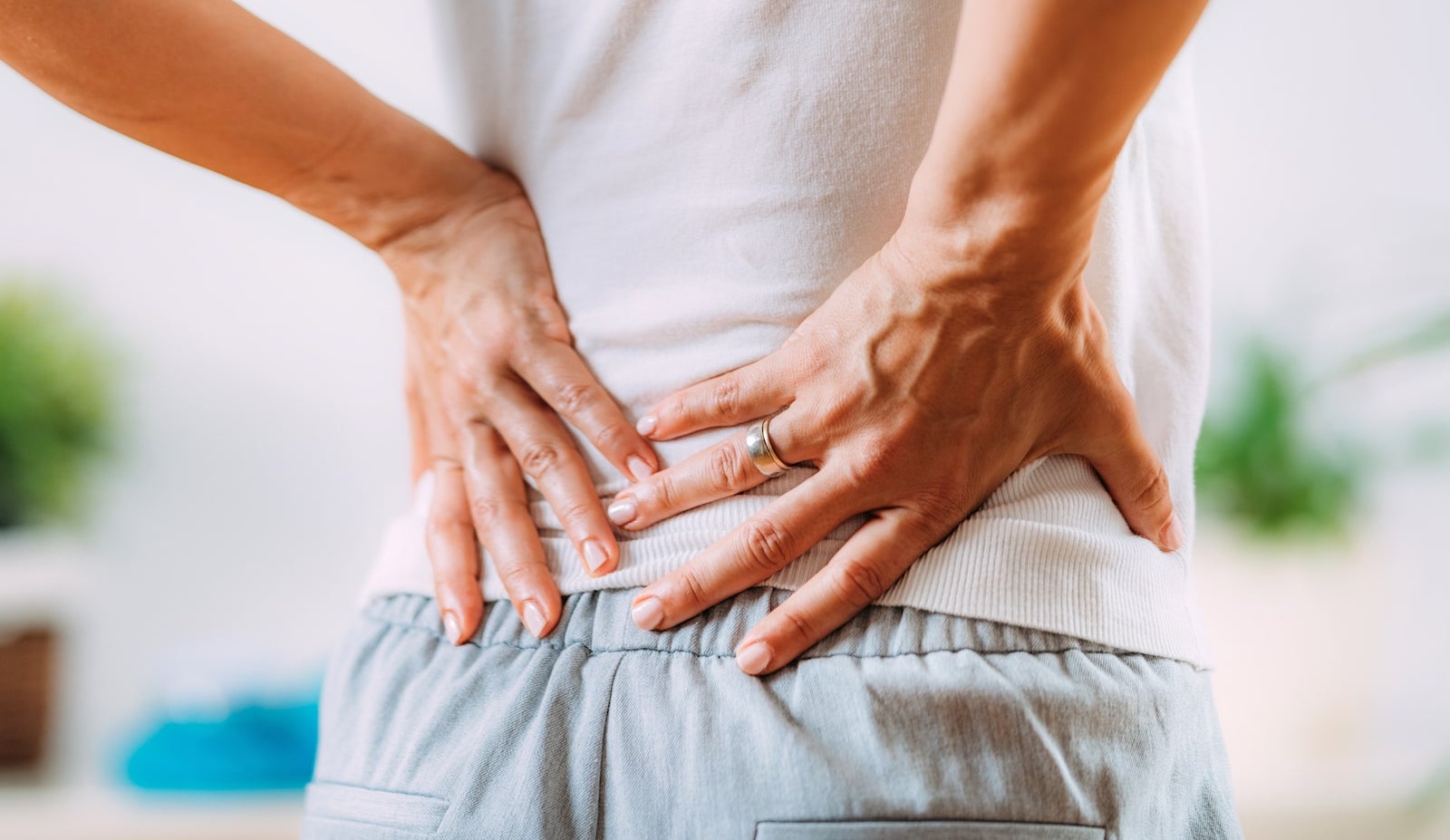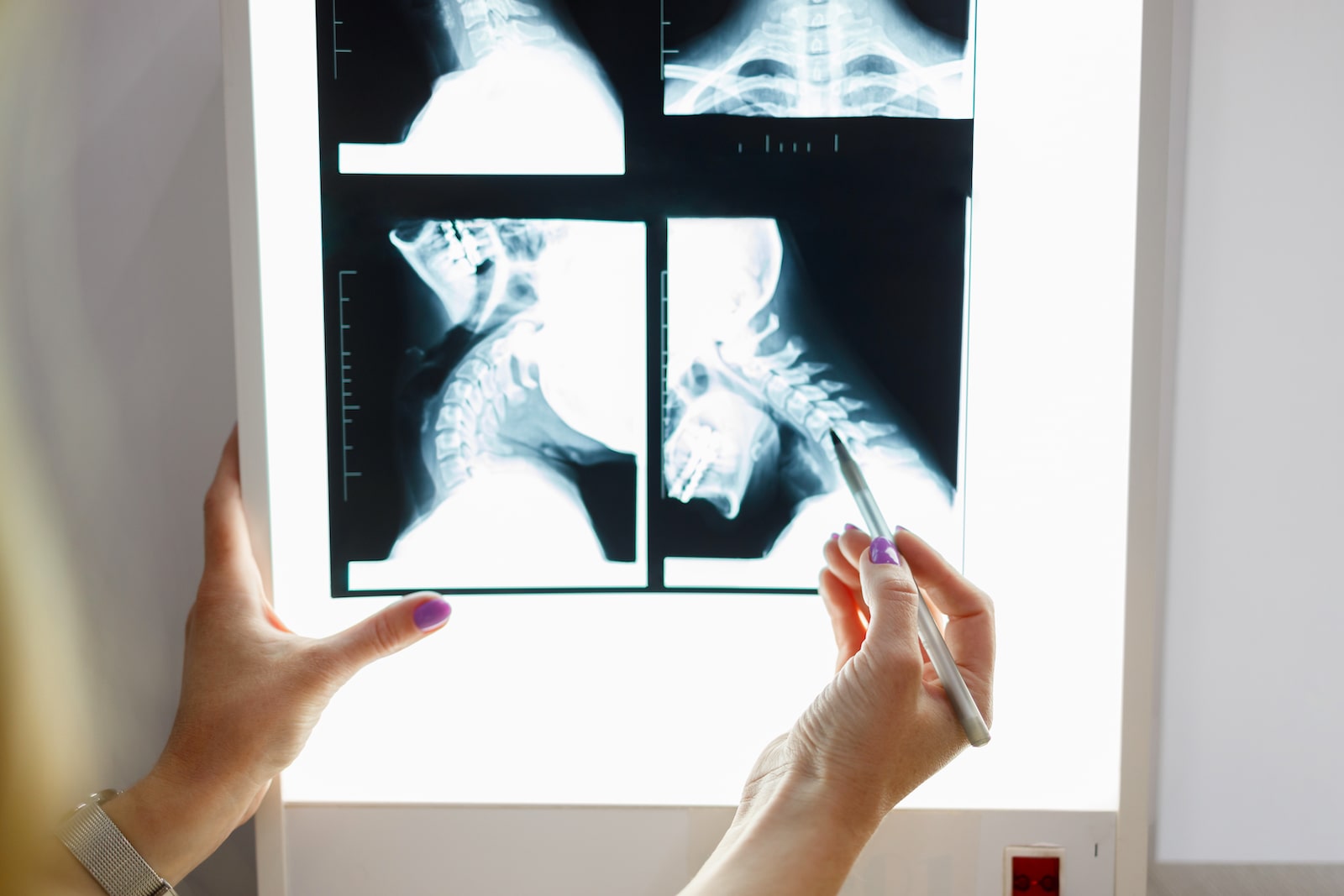
Millions of Americans live with back pain and suffer from untreated back conditions that cause discomfort, limit mobility, and make it more challenging for them to live thriving, active lives. According to the CDC, 39% of adults report living with some sort of back pain – making it the most common pain beyond the limbs, head, abdomen, and jaw.
Back pain could be caused by a variety of sources, one of which is paracentral disc protrusion. A paracentral disc herniation refers to a bulge that isn’t in the middle of the spine, but rather is off to the side. It can either fall to the left or the right. Paracentral, medically, translates to near the center.
There are several causes of paracentral disc protrusion or herniation, ranging from age and lifestyle factors to a traumatic injury. Learn more about how your spine works, why paracentral disc protrusion occurs, and how it can be treated.
Anatomy of the Spine
Paracentral disc protrusion is a complex medical problem, which is why it helps to start with a review of how your spine works. Once you have a clear understanding of your vertebrae and spinal discs, you can look into the cause of paracentral disc protrusion and why this condition is so painful.
Overview of Spinal Discs
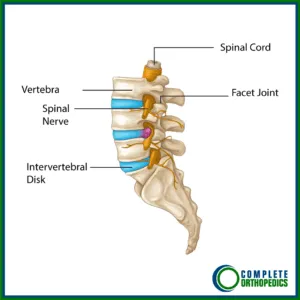
Human adults have 26 vertebrae that make up their spines. These vertebrae are stacked on top of each other from your lumbar region (lower back and buttocks) to your cervical area (neck). The vertebrae allow you to bend, twist, and move around comfortably.
However, your vertebrae don’t work alone. In between each vertebra is a cushion that works as a shock absorber and prevents your bones from knocking together. This cushion is a spinal disc. Your spine is actually made up of 23 spinal discs that cushion all of your vertebrae.
Rounding out your spinal column is your nerve canal, which sends messages to and from your brain like an information super highway in your spinal cord. When you stub your toe, the nerves in your feet send pain messages to your brain. When you move your foot out of the way next time, your brain is sending messages to your feet.
The Role of Intervertebral Discs
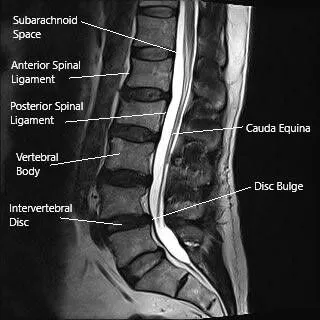
Your discs play a key role in your spine. First, they prevent your vertebrae from scraping or knocking together when you move. It becomes incredibly painful to move without intervertebral discs to protect your spine. Next, these discs make it easier for you to move and bend. When you hunch over your desk or lean forward to hear a secret, your discs serve as cushions to allow that movement. Poor posture is one of the causes of paracentral disc protrusion because the body puts long-term pressure on a few particular discs.
As long as your spinal discs are healthy and where they are supposed to be, you likely don’t notice they are there. However, once they start getting pushed out of place, these discs can cause intense levels of pain.
Types of Disc Protrusions
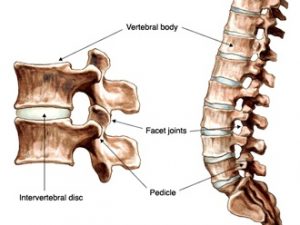
There are two common types of disc protrusions that can cause significant back pain: bulging discs and herniated discs. A bulging disc occurs when the soft tissue of the cartilage starts to dry out. Part of the disc will bulge or protrude beyond the vertebrae and potentially impact the spinal column. A herniated disc occurs when the outer part of the disc breaks and the soft inner cartilage slips out. Herniated discs are often more painful than bulging discs because they tend to stick out more and can start to affect the nerves.
In both cases, catching the problem early on is essential. This way doctors can create treatment plans before the back pain becomes severe.
Common Causes of Paracentral Disc Protrusion
Paracentral disc protrusion is often associated with aging. As people get older, their discs start to dry out and become more brittle. However, there are several causes of this condition that can affect people of all ages and walks of life.
Degenerative Disc Disease
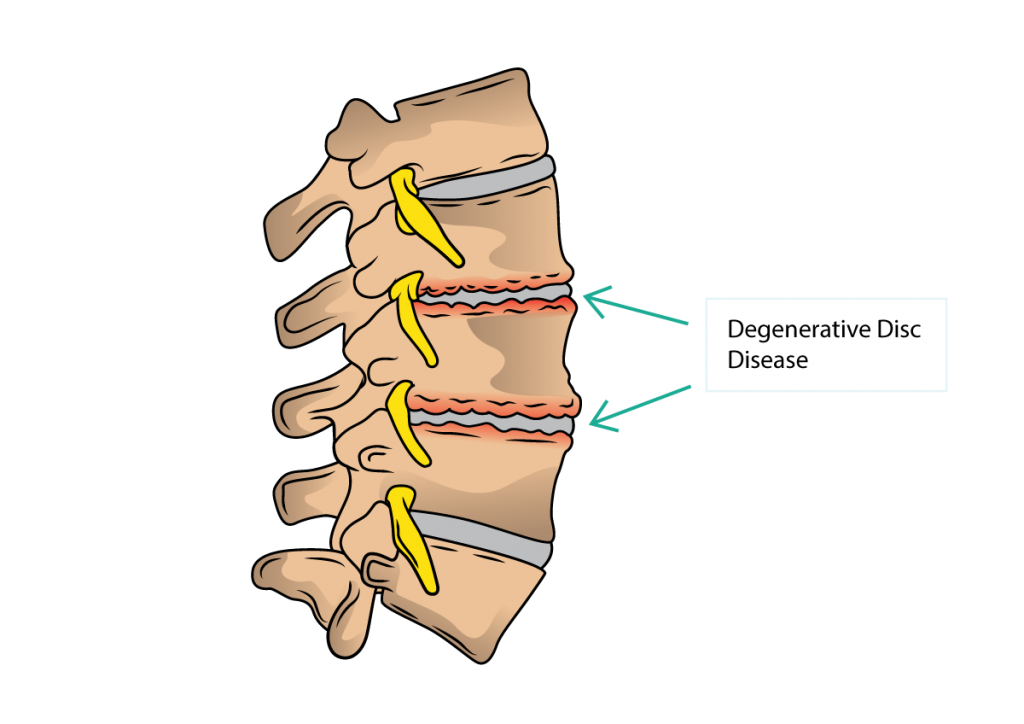
Degenerative disc disease (DDD) occurs when your spinal discs start to break apart. This often comes with aging as your bones and other cartilage become more brittle through disc dehydration. Because DDD is a progressive disease, you might not experience much back pain at first. However, as your discs continue to break down and protrusion occurs, your pain will worsen.
DDD can also affect multiple spinal discs at one time, which means it can be difficult to treat the condition until your doctor is sure which discs are protruding or breaking apart.
Traumatic Injury and Herniation
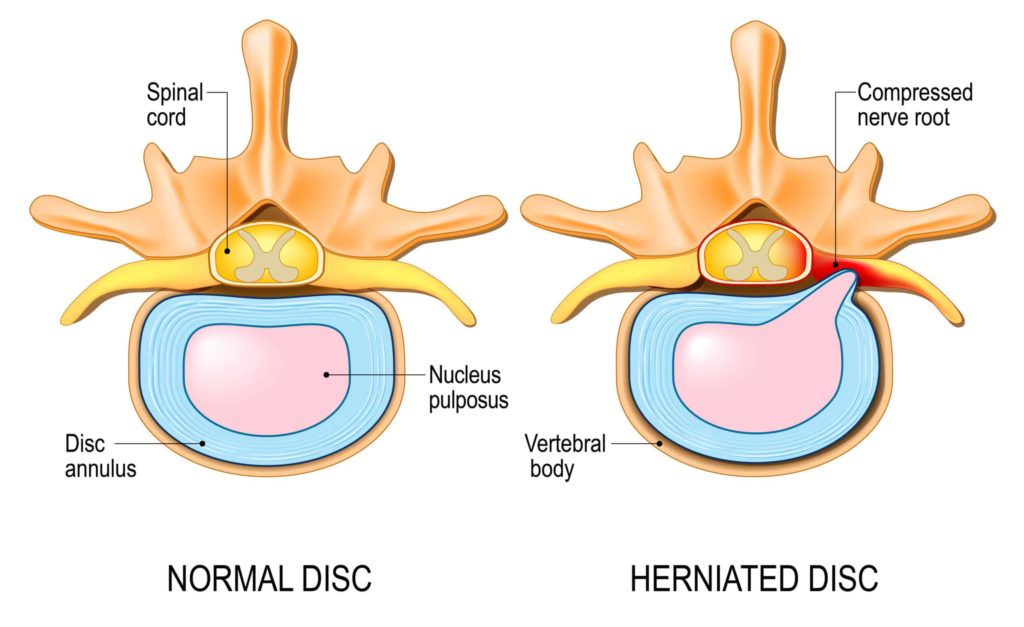
There are times when a major injury forces your discs out of place and causes them to protrude into your spine. Sports injuries, car accidents, and other falls can all cause herniation. This is another case where one or more discs could be affected, depending on the nature of the trauma.
Lifestyle Factors
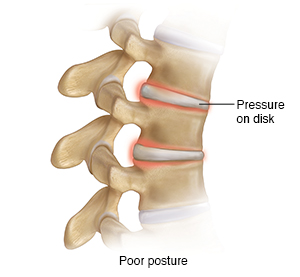
You don’t have to be a competitive athlete to put pressure on your spinal discs. If you experience back pain after sitting hunched over your desk throughout the day, you could be wearing out your spinal discs. Sedentary habits with poor posture increasingly lead to back pain caused by disc protrusion. This is why it’s worth it to move around more throughout the day.
Genetic Predisposition
Unfortunately, even seemingly healthy adults can develop paracentral disc protrusion. Some people are simply predisposed to have brittle spinal discs that break apart or start to protrude. This can affect people of all ages, causing back pain to develop over time.
What is the recommended treatment for paracentral disc protrusion?
If you are diagnosed with a paracentral disc protrusion, either in the form of a bulge or herniation, your doctor will recommend a series of treatment options based on your current condition. Every patient is unique, which means there isn’t a singular recommendation to treat paracentral disc protrusion. However, there are a few common treatment options that your doctor might suggest.
Most doctors start with non-invasive treatment options to reduce your pain levels. They could recommend visiting a physical therapist to learn stretches and exercises that will target your back. Additionally, your doctor might recommend pain medication, heat and cold therapy, and potentially steroid epidural injections.
If these non-invasive treatments don’t work, you might be a candidate for disc replacement surgery. In this case, your doctor removes the damaged discs that are causing you pain and replaces them with durable, artificial models. These operations come with a six-week recovery time on average but often address the source of your pain permanently.
If you decide to meet with a spinal specialist to discuss your back pain, ask about your treatment options, including physical therapy and disc replacement surgery.
Don’t Wait to Treat Your Back Pain
Paracentral disc protrusion has a variety of causes that can increase your pain levels over time. Aging, poor posture, and traumatic injuries can all trigger paracentral disc protrusion which makes it hard to work, relax, and enjoy life. If you live with back pain, don’t wait for it to get worse. Seek treatment immediately so your doctor can detect any potential signs of disc protrusion. It is easier to treat these issues when they are small than to wait until the pain becomes unbearable.
Request a consultation with Dr. Todd Lanman at the Advanced Disc Replacement Spinal Restoration Center to address your back pain immediately. By working with industry experts, you can receive personalized advice and multiple treatment options to address and alleviate your back pain. Request a consultation today.
Frequently Asked Questions (FAQs)
Is surgery always necessary for paracentral disc protrusion?
No. Your doctor might be able to recommend non-surgical treatment options that address your pain. In fact, many surgeons ask patients to try these non-invasive solutions before they move on to surgical treatment options.
Can paracentral disc protrusion heal on its own?
In some cases, yes, your disc protrusion will heal over time and your pain levels will go away. However, there may be some instances where the pain gets worse and the protrusion becomes more severe. This is why it is worth it to meet with a doctor to talk about your back pain. If you can treat the issue early on, you can prevent the problem from worsening.
What does disc protrusion mean on an MRI?
If you can see a disc protrusion on an MRI, it means that you either have a bulging or herniated disc in your spine. The soft cartilage in between your vertebrae is pushing out from where it is supposed to be and potentially hitting your nerve canal.
What is the difference between a disc bulge and a disc protrusion?
In most cases, a protrusion is smaller than a bulge. These terms are used to describe how much of your spinal disc is getting pushed out from your vertebrae and how far away from your vertebrae your disc is extending. A disc protrusion could potentially become a bulge.
Is stretching bad for bulging discs?
Stretching is often encouraged in patients who have bulging discs. However, this depends on the types of stretches you do. Your doctor or physical therapist will walk you through a series of exercises that can address your back pain and help your mobility. You might that stretching reduces your pain and helps you work and play more comfortably.
Ready to reclaim your life? Get in touch today.
FOLLOW US ON SOCIAL MEDIA | @ADRSPINE


